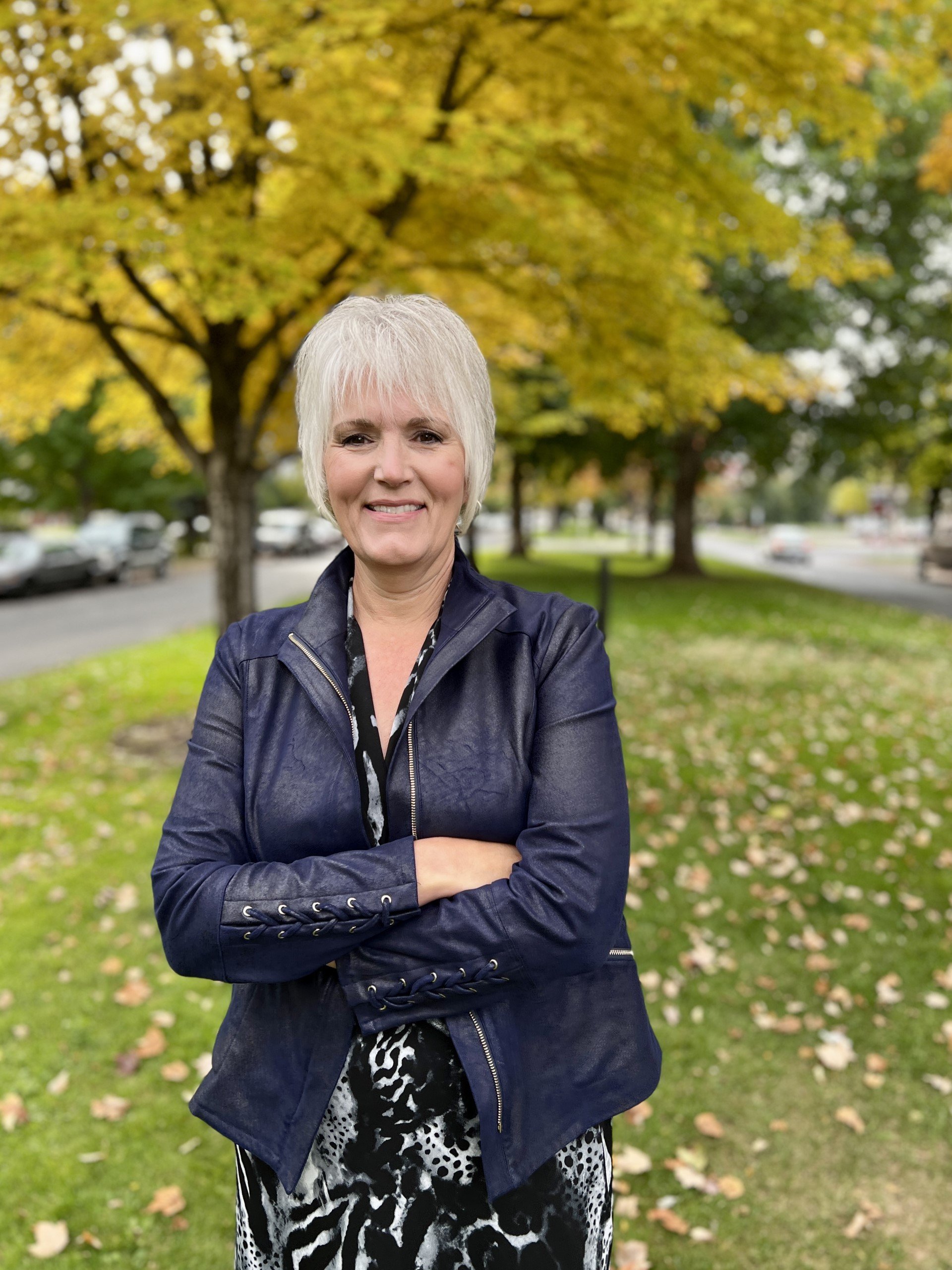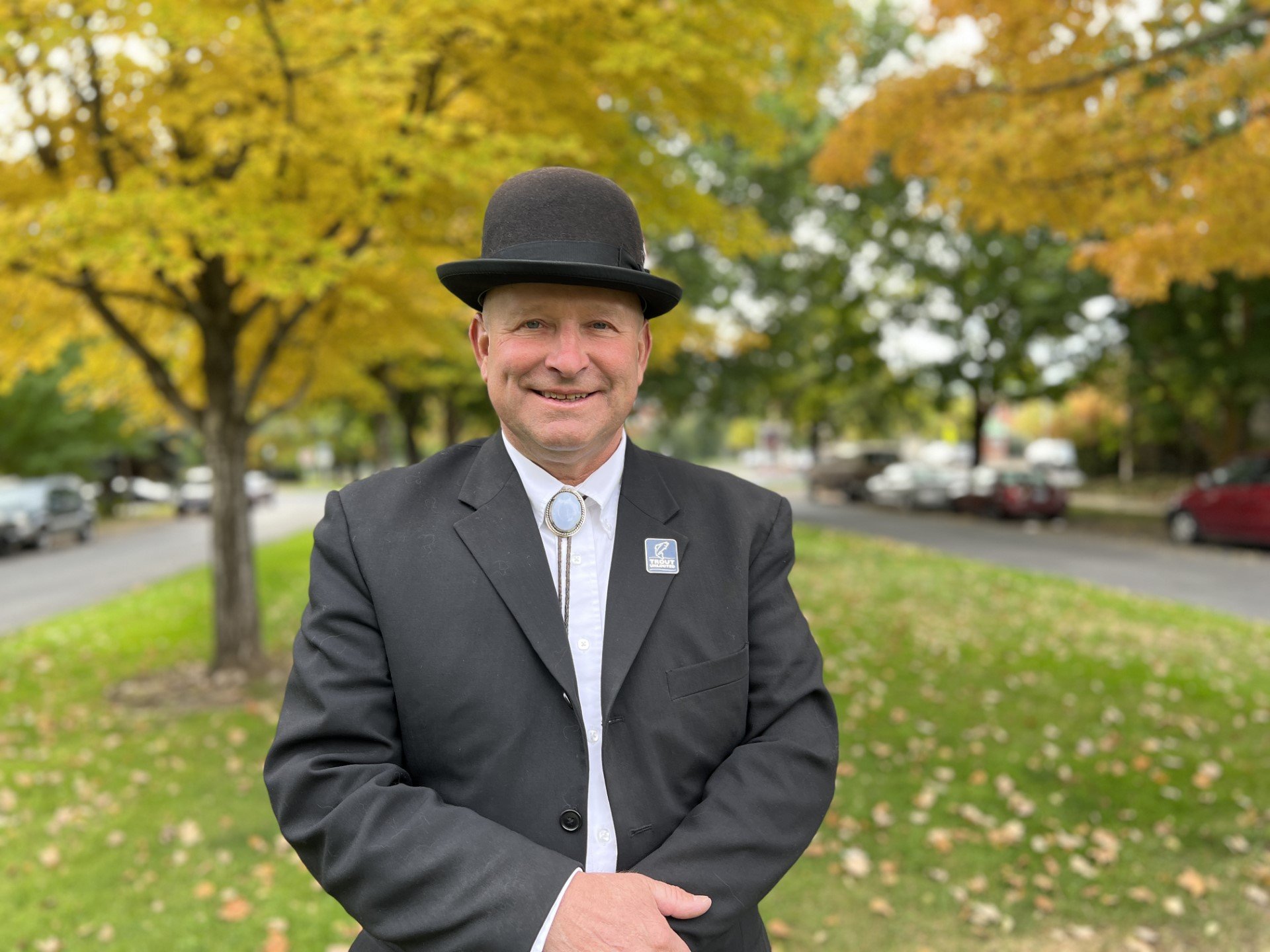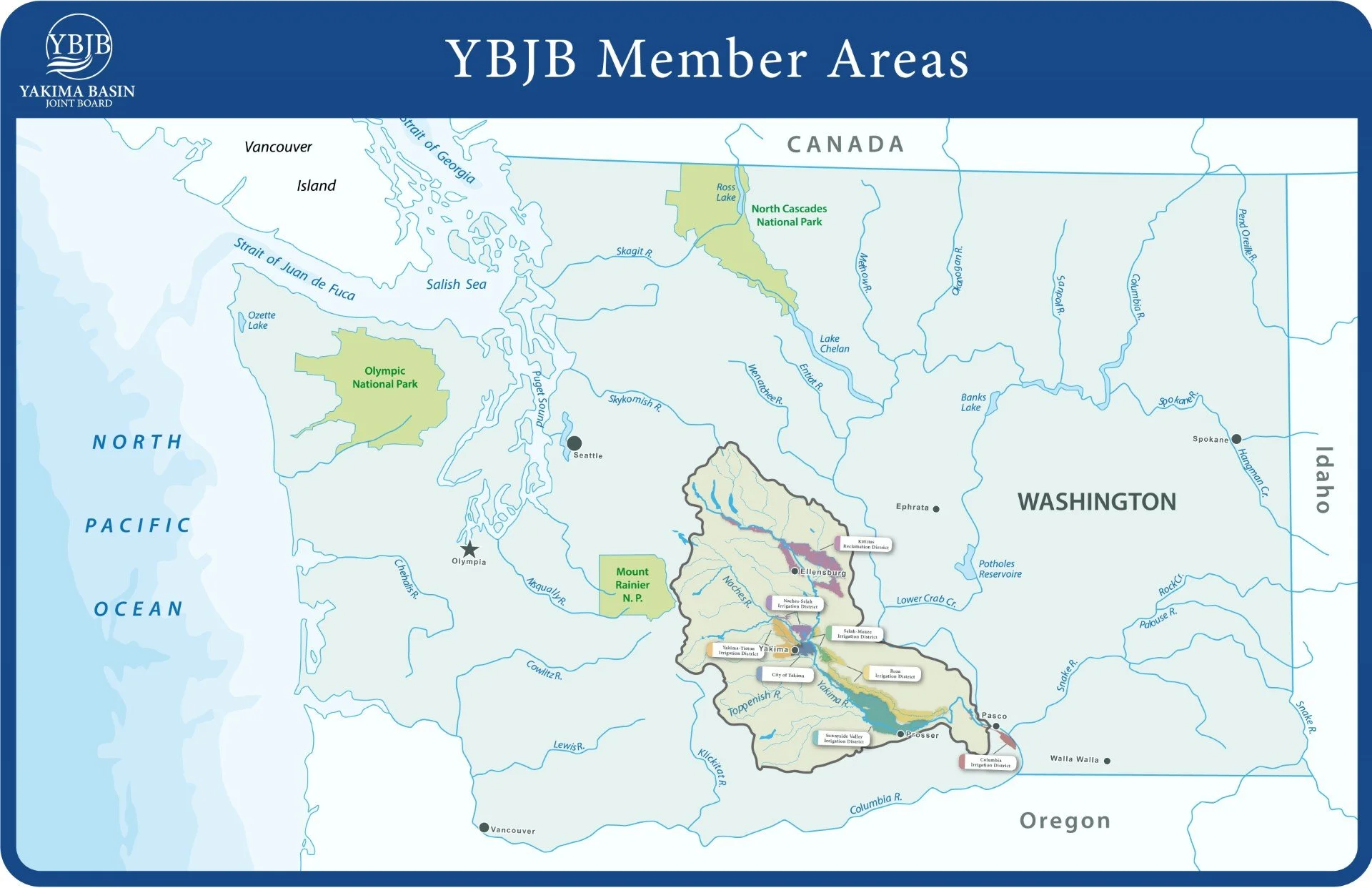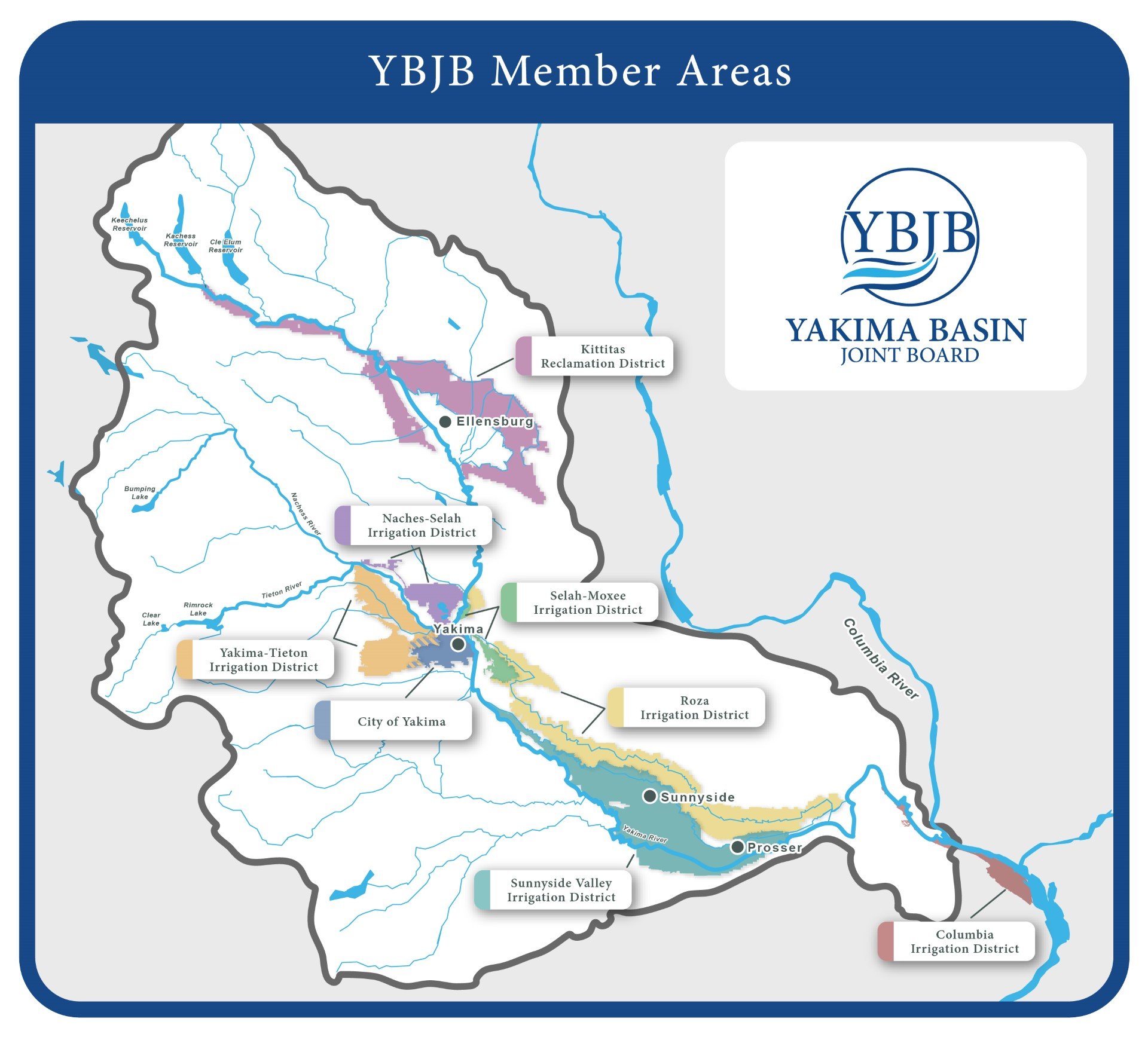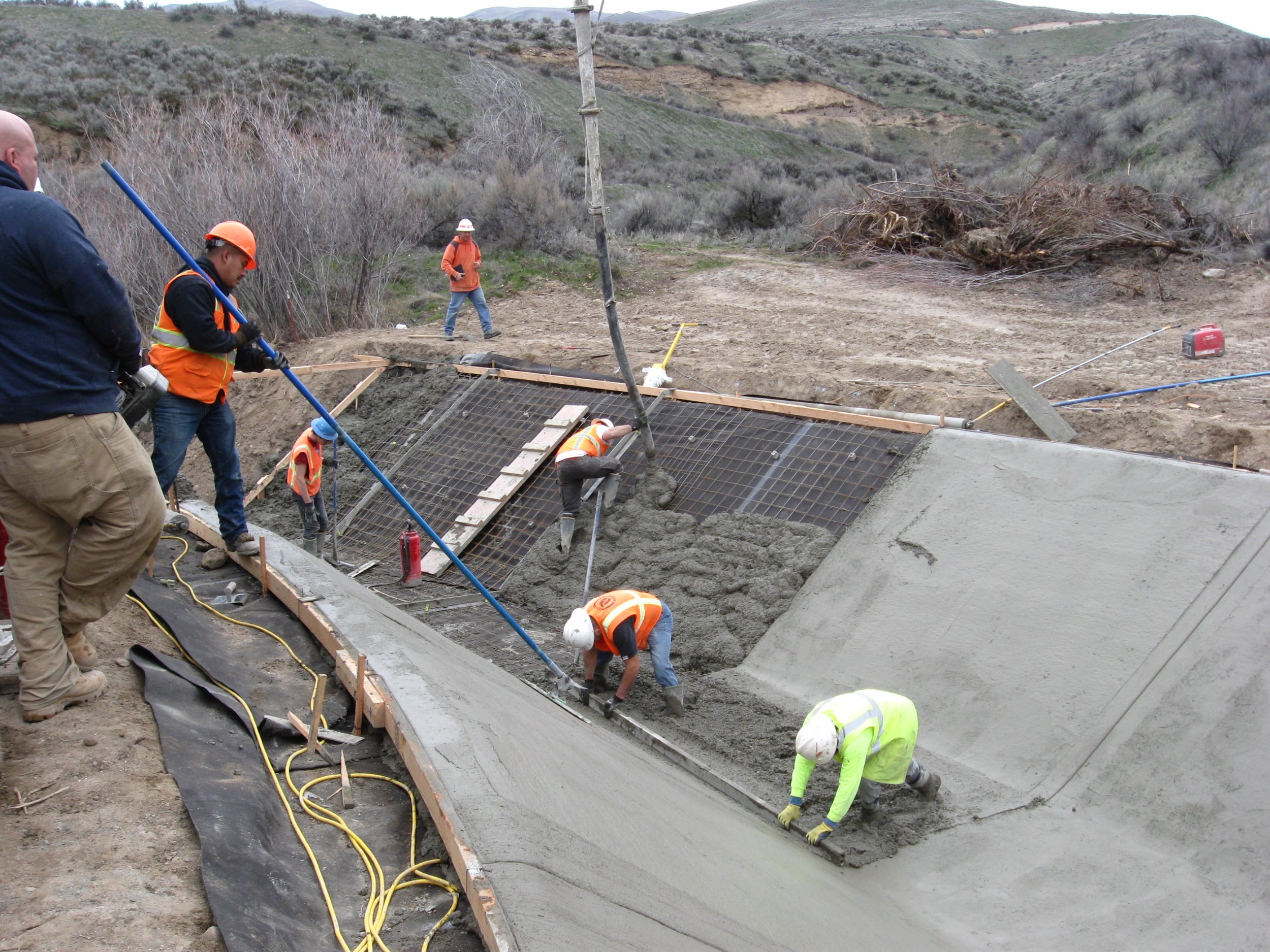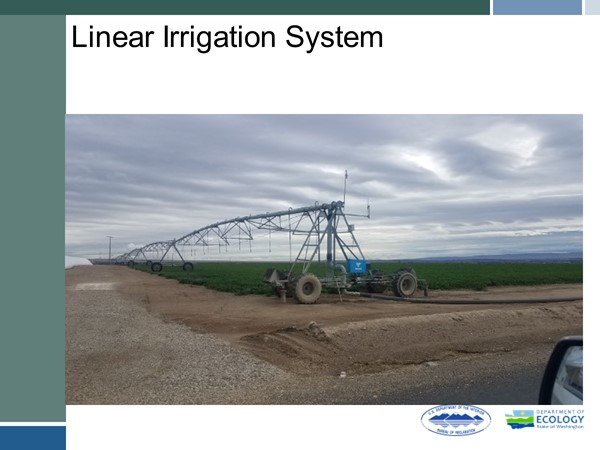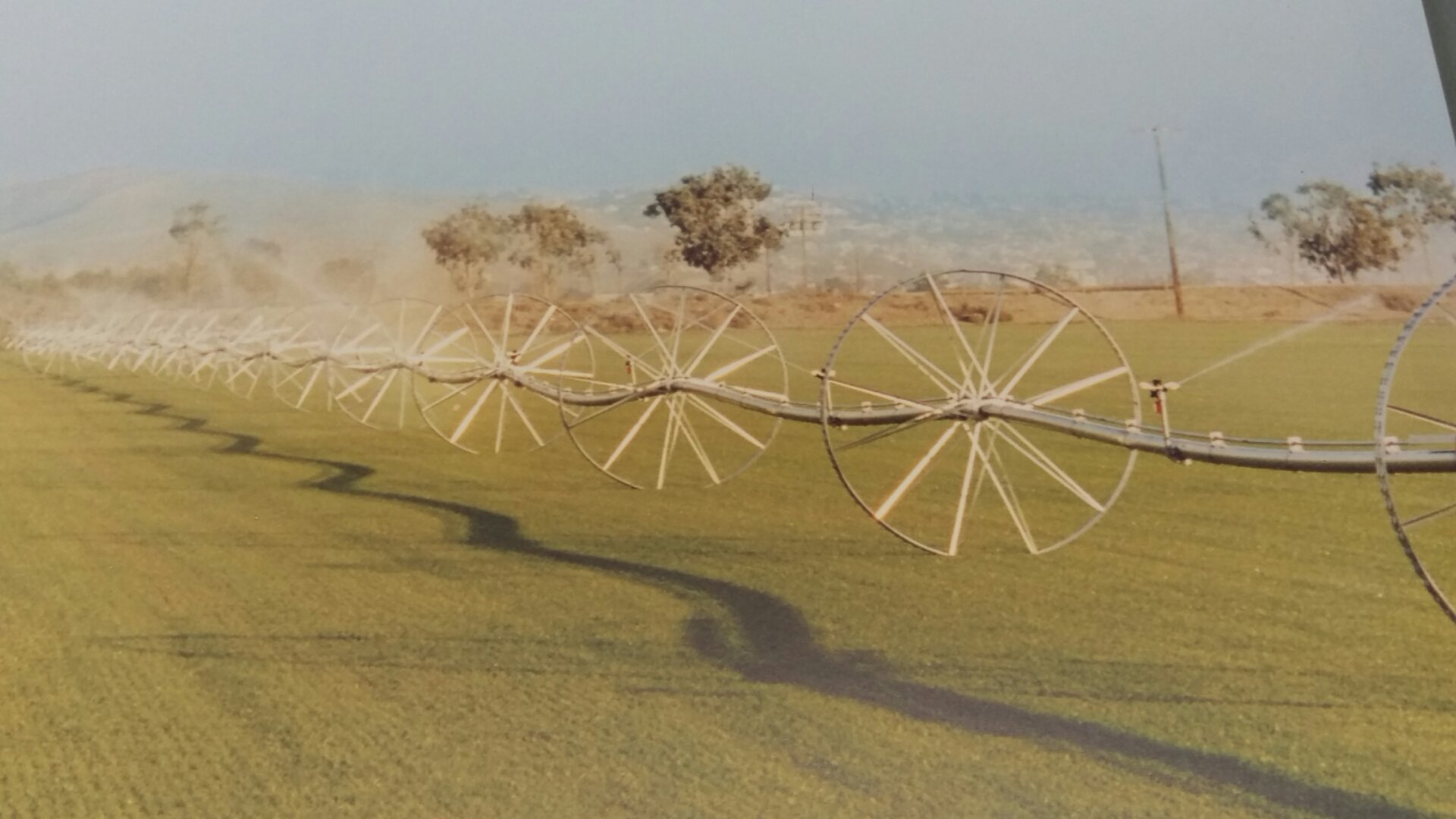Irrigation in the Yakima River Basin
Lori Brady of the Sunnyside Valley Irrigation District
Urban Eberhart of the Kittitas Reclamation District
For much of history, people fought and died in the cause of religious belief. Today, people predict a future of deadly battles over water. Experts forecast shrinking aquifers, snowpacks, and reservoirs, as climate change brings warming temperatures, and real estate development puts ever increasing demands on water supplies. As early as the 1970s, the Yakima River Basin area in south central Washington state experienced drought serious enough to make locals realize, for the first time, that a clean an ample water supply could not be taken for granted. Water rights were hotly contested in fierce disputes and endless litigation. A similar story has played out in many other parts of the world. But it’s only in the Yakima River Basin that all stakeholders decided to abandon fighting and litigating in favor of cooperating. The result has been a redefining of irrigation, a plan to ensure an ample water supply for this century and beyond, and a model of water management for the rest of the world.
The Yakima Basin Integrated Plan was developed between 2009-2011, and adopted by the state in 2013. It is a 30-year plan designed to be implemented in three 10-year phases. The plan consists of seven elements: fish passage, fish habitat enhancement, modernizing of irrigation infrastructure, surface storage, water banks, groundwater storage, and enhanced water conservation. No element is more important than another, so all stakeholders’ needs are tended to equally with this plan. There are seven major irrigation districts, or divisions, in the Yakima Basin, including one for storage, and two districts participate in this interview. Manager Lori Brady of the Sunnyside Valley Irrigation District and Secretary Manager Urban Eberhart of the Kittitas Reclamation District discuss some basics about irrigation, what their districts are doing to implement the plan, and how the plan has redefined irrigation and become a model for others across the globe.
Listen to the Interview:
Lori Brady - Lori graduated from Washington State University with a degree in civil engineering. She began with Sunnyside Valley Irrigation District in 1989 and spent 16 years in the engineering department before being promoted as the Assistant Manager of Administration. In 2016, Lori was promoted to the position of Manager of the Sunnyside Valley Irrigation District.
Urban Eberhart - Urban grew up on a farm in the Kittitas Valley and at an early age became a leader in the agriculture community. He was first elected to the Board of Directors of the Kittitas Reclamation District (KRD) in 1986 at the age of 25 and remained an active board member until being appointed as the KRD Secretary Manager in 2015. Urban attended his first Yakima River Basin Water Enhancement Project (YRBWEP) meeting in 1979 and continues to work on finding solutions to Yakima and Columbia River issues.

